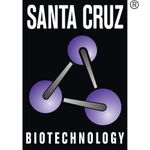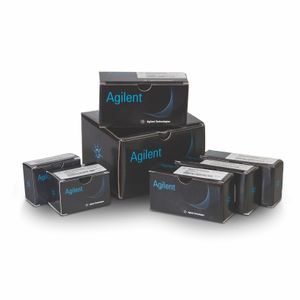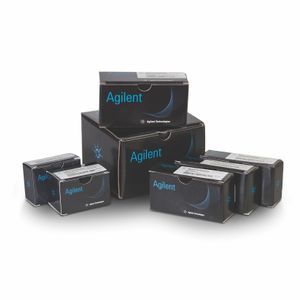Santa Cruz Biotechnology is a world leader in the development of products for the biomedical research market. Over the past 30+ years, the Company has focused on the ongoing development of research antibodies, siRNA and CRISPR Gene editing tools, biochemicals, labware and more recently has expanded into animal health care products. Santa Cruz Biotechnology has the highest commitment to quality and customer service.

Skp1 p19 (H-6) FITC | Santa Cruz Biotechnology
mouse monoclonal IgG2b; Skp1 p19 Antibody (H-6) is an IgG2b κ mouse monoclonal Skp1 p19 antibody (also designated S-Phase Kinase Associated Protein 1 antibody, OCP-II antibody, TCEB1L antibody, EMC19 antibody, OCP2 antibody, P19A antibody, Transcription Elongation Factor B Polypeptide 1-Like antibody, Cyclin-A/CDK2-Associated Protein P19 antibody, S-Phase Kinase-Associated Protein 1 antibody, Organ Of Corti Protein II antibody, Organ Of Corti Protein 2 antibody, P19skp1 antibody, SKP1A antibody, OCP-2 antibody, SIII antibody, or RNA Polymerase II Elongation Factor-Like Protein OCP2 antibody) that detects the Skp1 p19 protein of mouse, rat and human origin by WB, IP, IF, IHC(P) and ELISA. Skp1 p19 Antibody (H-6) is available as both the non-conjugated anti-Skp1 p19 antibody form, as well as multiple conjugated forms of anti-Skp1 p19 antibody, including agarose, PE, FITC and multiple Alexa Fluor® conjugates. The critical role that the family of regulatory proteins known as cyclins plays in eukaryotic cell cycle regulation is well established. The best characterized cyclin complex is the mitotic cyclin B/Cdc2 p34 kinase, the active component of MPF (maturation promoting factor). Cyclin A accumulates prior to cyclin B in the cell cycle, appears to be involved in control of S phase and has been shown to associate with cyclin dependent kinase-2 (Cdk2). In addition, cyclin A has been implicated in cell transformation and is found in complexes with E1A, transcription factors DP-1 and E2F and retino-blastoma protein p110. Two cyclin A-Cdk2 complex binding proteins, Skp1 p19 and Skp2 p45, have been described. Although the Skps (S phase kinase-associated proteins) associate with the active cyclin A-Cdk2 complex, they do not exhibit any regulatory effects on the complex. Abolition of Skp2 p45 function by either microinjection of anti-p45 antibodies or addition of antisense oligonucleotides prevents entry into S phase of both normal and transformed cells.



























































